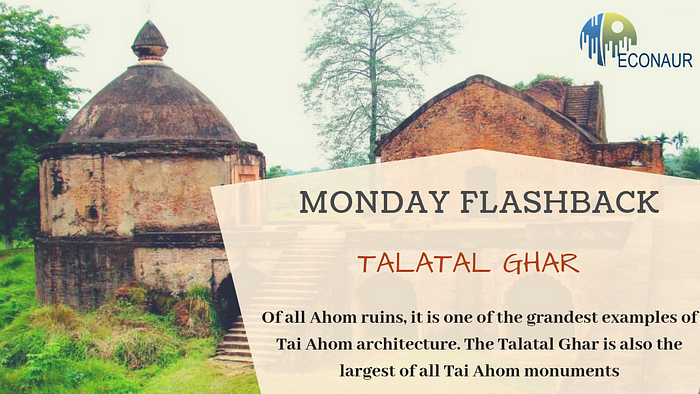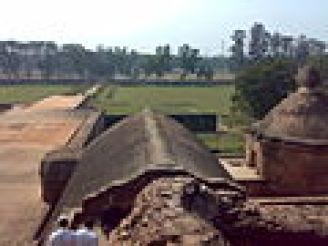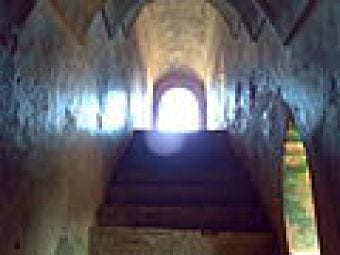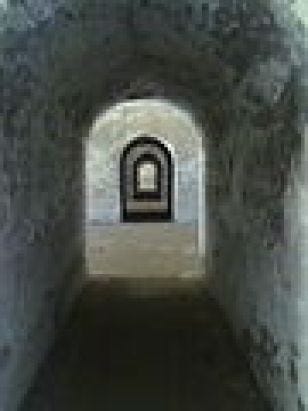
The 300 years old Sustainable Building built in assam is Talatal ghar. The Talatal Ghar is located in Rangpur, 4 km from present-day Sivasagar, in Upper Assam. Of all Ahom ruins, it is one of the grandest examples of Tai Ahom architecture. The Talatal Ghar is also the largest of all Tai Ahom monuments.
Swargadeo Rudra Singha shifted the capital of the Ahom Kingdom from Garhgaon to Rangpur in AD 1702–03. For about a century thereafter, Rangpur remained the capital. It is located in the western part of Sivasagar. The earliest constructions were commissioned by Swargadeo Rudra Singha in AD 1698. Rangpur was the capital of the Ahom Kingdom and served as its military-station.

The Talatal Ghar is a palace which was initially built as an army base. It houses two secret tunnels, and three floors below ground level which were used as exit routes during the Ahom wars (and which give the structure its name). The Rangpur Palace is a seven-storied structure (1751–1769 CE).
- Swargadeo Rajeswar Singha added the three floors below ground, which make up the Talatal Ghar. This is made of brick and an indigenous type of cement (a mixture of Bora Chaul — a sticky variety of rice grain — eggs of swan, etc.). The Talatal Ghar had two secret underground tunnels. One, about 3 kilometres in length, connected the Talatal Ghar to the Dikhow River, while the other, 16 kilometres long, led to the Garhgaon Palace, and was used as an escape route in case of an enemy attack.
- From east to west, several rooms run along a long corridor; and from north to south are numerous smaller wings. The ground floor served as stables, store rooms, and servants’ quarters. The Kareng Ghar was built mainly of wood, which was largely destroyed over time. The Royal apartments were on the upper storey, of which only a few rooms now remain, close to an octagonal room on the northern wing which once served as the Puja Ghar (prayer house). There are stairs leading up to the terrace. An isolated room stands on the south which is believed to have been used by the queen during her confinement.

However the first Ground Penetrating Survey (GPR) in the northeast, undertaken at two Ahom monuments in Sivasagar district in early Apr 2015, has not revealed the existence of any secret tunnel. The survey was carried out by IIT-Kanpur, in collaboration with the Guwahati circle of the Archaeological Survey of India (ASI), over a period of five days at Talatal Ghar and Ahom Royal Palace (Kareng Ghar), both in Sivasagar district.

Visitors nowadays can only view the ground floor, the first floor, and what remains of the 2nd and 3rd floors .The floors of the Talatal Ghar below ground have been sealed off, and most of the wooden parts of the palace have disappeared over time.
The Rangpur Palace was once surrounded by a brick fortification and an earthen fort (Garh) with dikes filled with water. There is a Gola ghar (gunpowder and ammunition store) near the palace.
